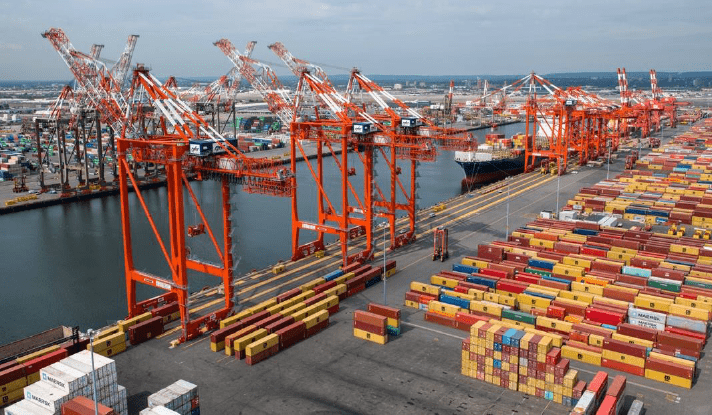If prolonged, the strike at U.S. ports will impact Christmas sales in 2024.
A U.S. Congressional analysis states that the strike, which began Tuesday, coincides with the start of the harvest season and the peak season for retail distribution in anticipation of year-end holiday sales.
Disagreement over wage increases and port automation are the main sticking points.
Strike at U.S. ports
The International Longshoremen’s Association (ILA) represents stevedores at East and Gulf Coast ports handling containerized cargo (the loading and unloading of container ships), as well as “car carrier” vessels carrying automobiles.
The strike will not stop other port activities, such as the loading and unloading of oil and gas tankers, and dry bulk vessels carrying commodities such as grain and coal in bulk.
ILA also handles supplies for cruise ships; reportedly, they will continue to work on these vessels to avoid disrupting the public’s travel plans.
In 2022, East and Gulf Coast seaports accounted for 15 of the top 20 U.S. container ports.
Pork
East and Gulf Coast ports are key to U.S. pork exports. In fact, these ports handle 44% of seaborne pork exports.
In addition, products requiring refrigeration, such as poultry, pork and fruit, are particularly sensitive to delays. This is due, in part, to the energy required to maintain container refrigeration units.
On the other hand, shippers of “dry”, i.e., non-refrigerated, products had some storage capacity prior to the strike. This allowed them to mitigate some logistical problems.
Automotive industry
In the automotive transportation field, stevedores play a crucial role. They are in charge of driving new automobiles on and off automobile transport ships. These ships, which have ramps and resemble car garages, are essential for the import and export of vehicles.
A significant event occurred in March 2024, when the Francis Scott Key Bridge collapsed in Baltimore. This incident closed the nation’s largest port for importing and exporting automobiles.
As a result, automakers were forced to look for alternatives. Thus, they turned to other East Coast ports, such as Brunswick (Georgia), Charleston and New York/New Jersey.

